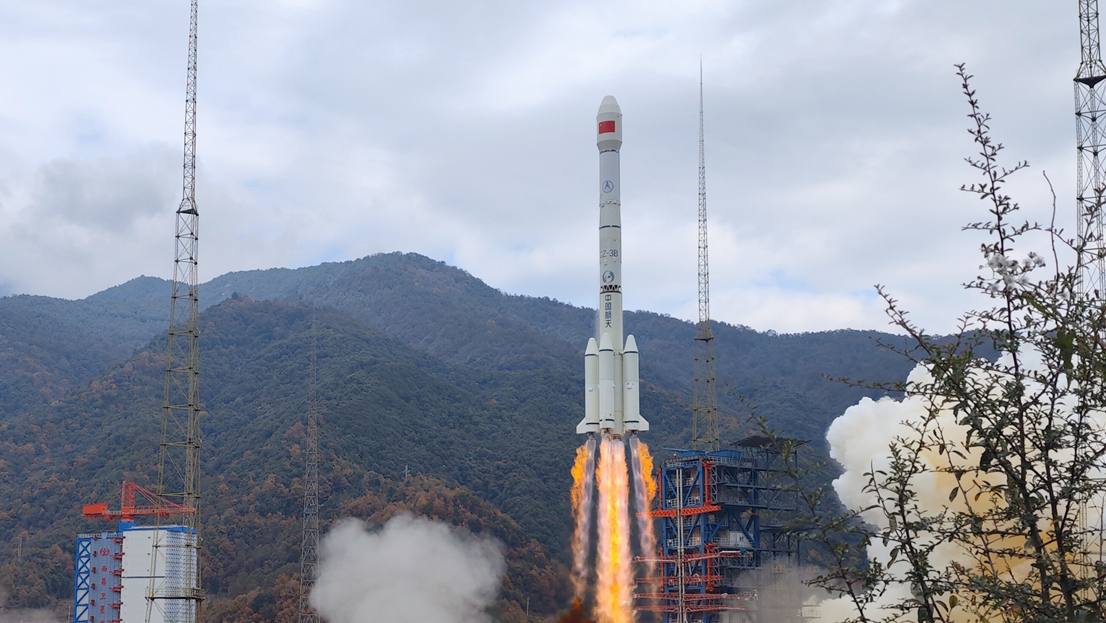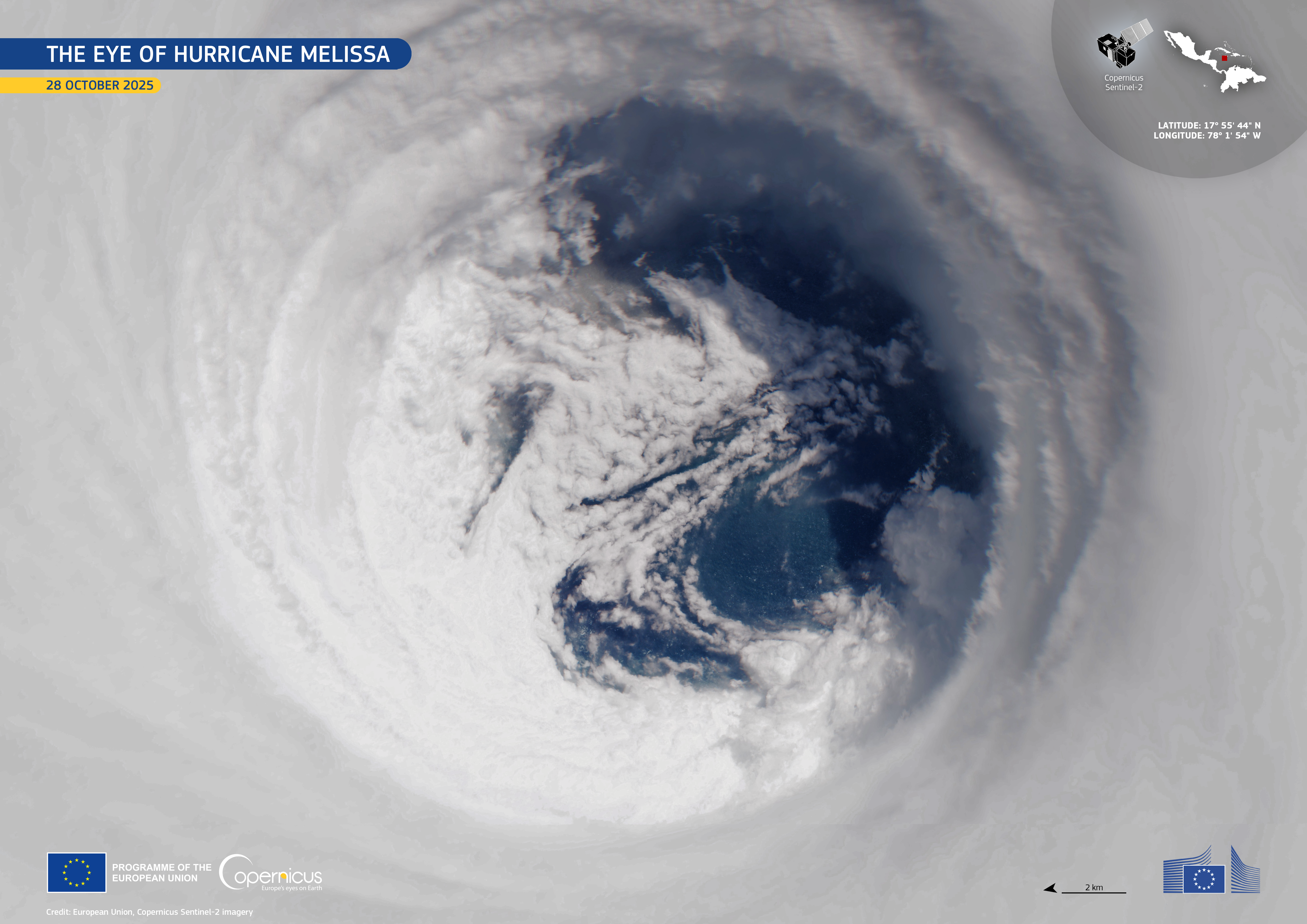Chinese rocket booster falls to Earth, explodes near home (video)
It's the latest in a long line of close calls involving China's Long March rockets.

China successfully launched a classified satellite on Thursday (Jan. 23), but a spent booster from the mission fell shockingly close to a family home.
The TJS-14 satellite launched on a Long March 3B rocket from Xichang Satellite Launch Center on Thursday at 10:32 a.m. EST (1532 GMT; 11:32 p.m. local time). The satellite is safely on its way to geostationary orbit, but one of the rocket's four strap-on side boosters fell to Earth in a populated area of Zhenyuan County in Guizhou province.
Security camera footage posted on the social media platform Sina Weibo captured the scene of two family members reacting to an explosion near their home that lit up the night sky. Fortunately, the booster, which exploded on impact, fell in what appeared to be hills above the house.
Heads up: A spent stage from a Long March 3B hypergolic rocket launched yesterday fell in Zhenyuan County, Guizhou. Another terrifying close call with the CZ-3B. pic.twitter.com/3v8325lhxpJanuary 24, 2025
It is the latest in a long line of close calls involving China's Long March rockets, particularly the Long March 3B.
Related: Chinese rocket booster falls from space, crashes near house, after satellite launch
The Long March 3B launches regularly from Xichang, a spaceport that was established deep inland for security reasons during the Cold War. This means the early stages of the rocket fall on land, whereas most nations launch rockets from coastal areas, seeing stages fall into the oceans.
The 3B is one of China's older workhorse rockets; it uses a toxic hypergolic propellant mix of hydrazine and nitrogen tetroxide. The rocket's first stage is accompanied by four 7.4-foot-wide (2.25 meters) boosters. These often have residual propellant, which means the stages explode on impact with the ground, while remaining fuel and oxidizer could harm people or animals.
Breaking space news, the latest updates on rocket launches, skywatching events and more!
China's space authorities take some safety measures ahead of each launch, including calculating and evacuating closure areas, also known as drop zones. Affected areas are issued with notices, as well as warnings not to approach any wreckage. However, despite such protocols and tests with parachutes and grid fins to further control the drop zones, accidents and close calls are still occurring.
The country's first three launch sites were built deep inland, but new spaceports have been built on Hainan island, south China, while there are also sea launch facilities on the coast of Shandong province in East China. China, however, still launches regularly from its inland site, and incidents will likely continue.
Thursday's launch was China's sixth of 2025. The country could launch around 100 times this year, and the Long March 3B will be in action regularly, including launching the Tianwen 2 asteroid sample-return mission.
Join our Space Forums to keep talking space on the latest missions, night sky and more! And if you have a news tip, correction or comment, let us know at: community@space.com.

Andrew is a freelance space journalist with a focus on reporting on China's rapidly growing space sector. He began writing for Space.com in 2019 and writes for SpaceNews, IEEE Spectrum, National Geographic, Sky & Telescope, New Scientist and others. Andrew first caught the space bug when, as a youngster, he saw Voyager images of other worlds in our solar system for the first time. Away from space, Andrew enjoys trail running in the forests of Finland. You can follow him on Twitter @AJ_FI.
